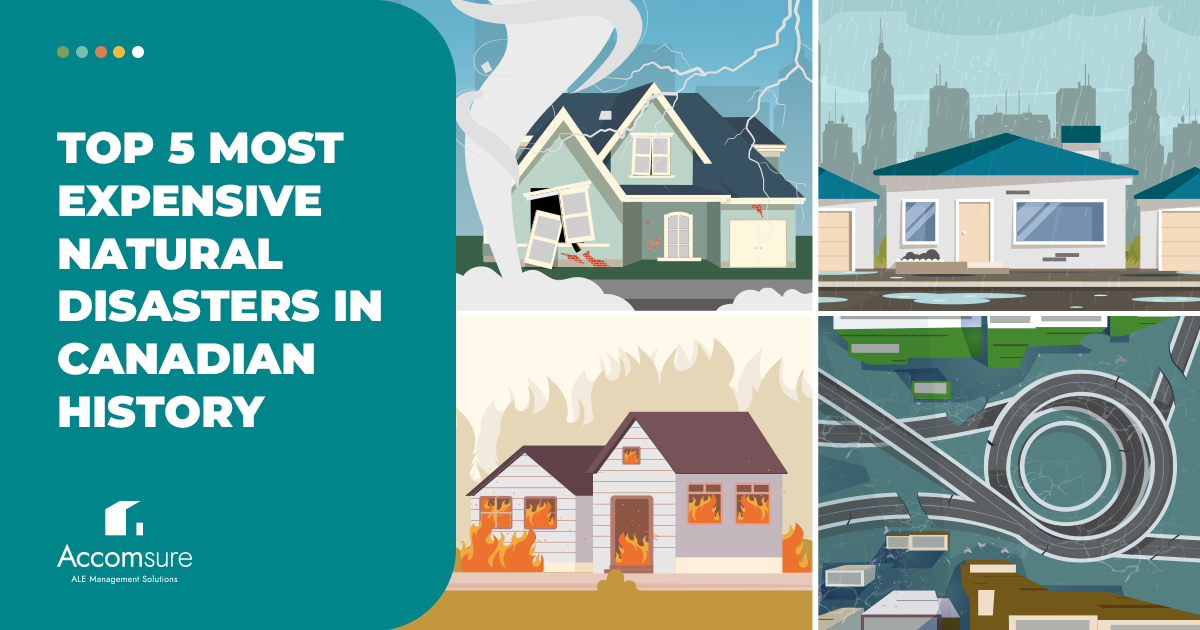Natural disasters can strike at any time and place without warning. These disasters often cause widespread destruction, significantly impact policyholders and are a huge cost to the insurance industry.
Over the years, Canada has experienced many costly and devastating natural disasters. Wildfires, floods, and ice and hail storms have caused billions of dollars in damages and have left lasting impacts on the Canadian insurance industry.
In this blog post, we’ll look at the top five worst natural disasters to have hit Canada, the insured costs associated with each disaster, and their lasting impact.
1. The 2016 Fort McMurray Wildfires: $9.9 Billion
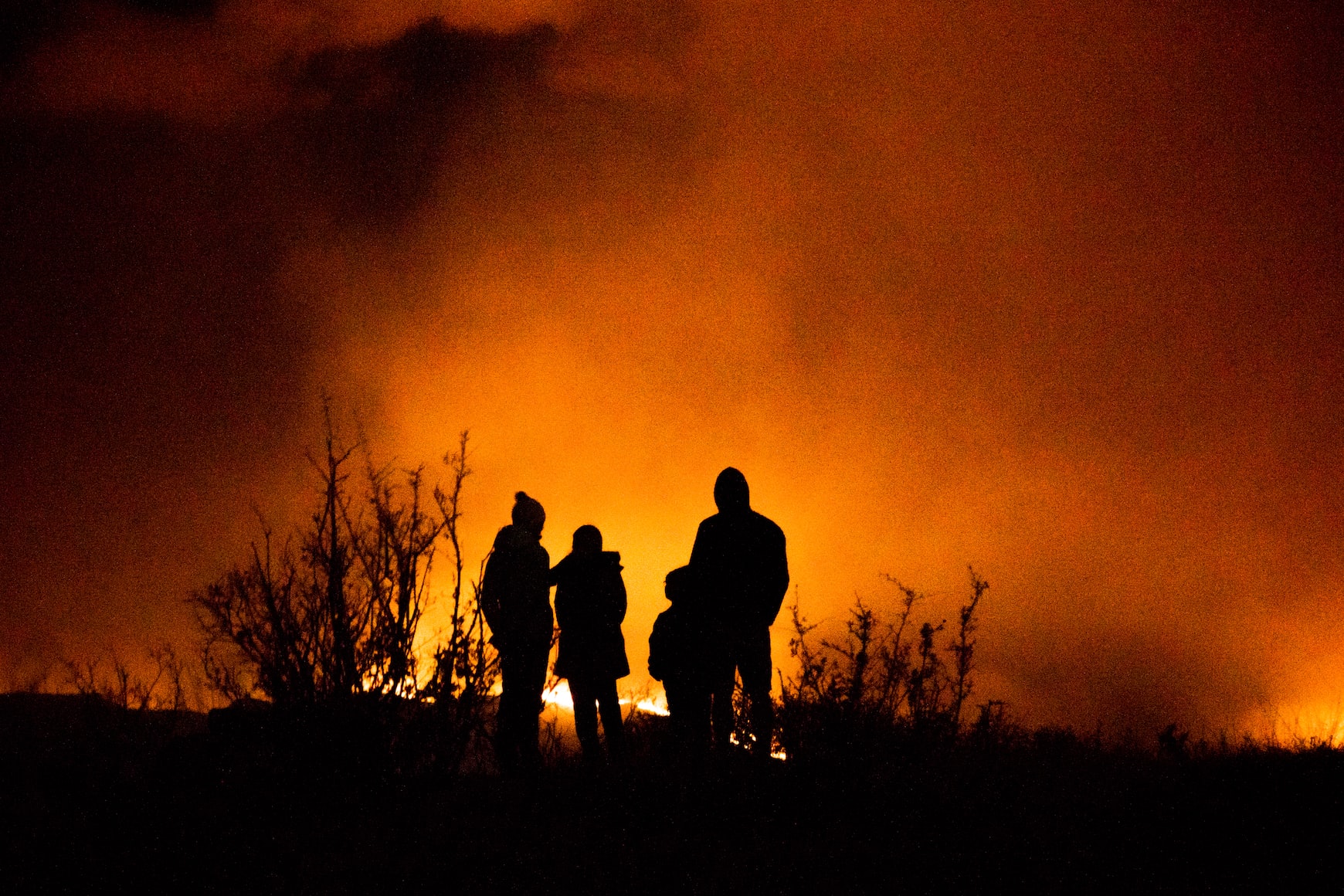
On May 1st, 2016, a large wildfire struck the city of Fort McMurray, Alberta, and the surrounding area. The wildfire had initially only spread 2 hectares but could not be contained and ended up spreading further, forcing residents in the south of the city to evacuate.
By May 3rd, this rapidly-growing fire was propelled by wind, low humidity, and high temperatures, triggering mandatory evacuation notices for the entire city. The Province of Alberta finally declared a provincial state of emergency and mandatory evacuation order to those living in and around Fort McMurray. The wildfire didn’t end officially until August 2nd, 2017.
The Fort McMurray wildfire destroyed 15% of the town’s buildings, setting a new, unfortunate record as the costliest natural disaster in Canadian history. The total financial cost of the wildfire is estimated at $9.9 billion.
Fort McMurray Wildfire By the Numbers
- 60,000 insurance Claims (IBC)
- 27,000 property claims with an average claim of $81,000 (IBC)
- $3.8 billion in insured damages (IBC)
- $6 billion in uninsured damages (Reuters)
- 88,000 policyholders displaced (Government of Canada)
- 2,579 houses destroyed (Financial Post)
- $9.9 billion total cost (Calgary Herald)
2. The 1998 Eastern Ice Storm: $5.4 billion
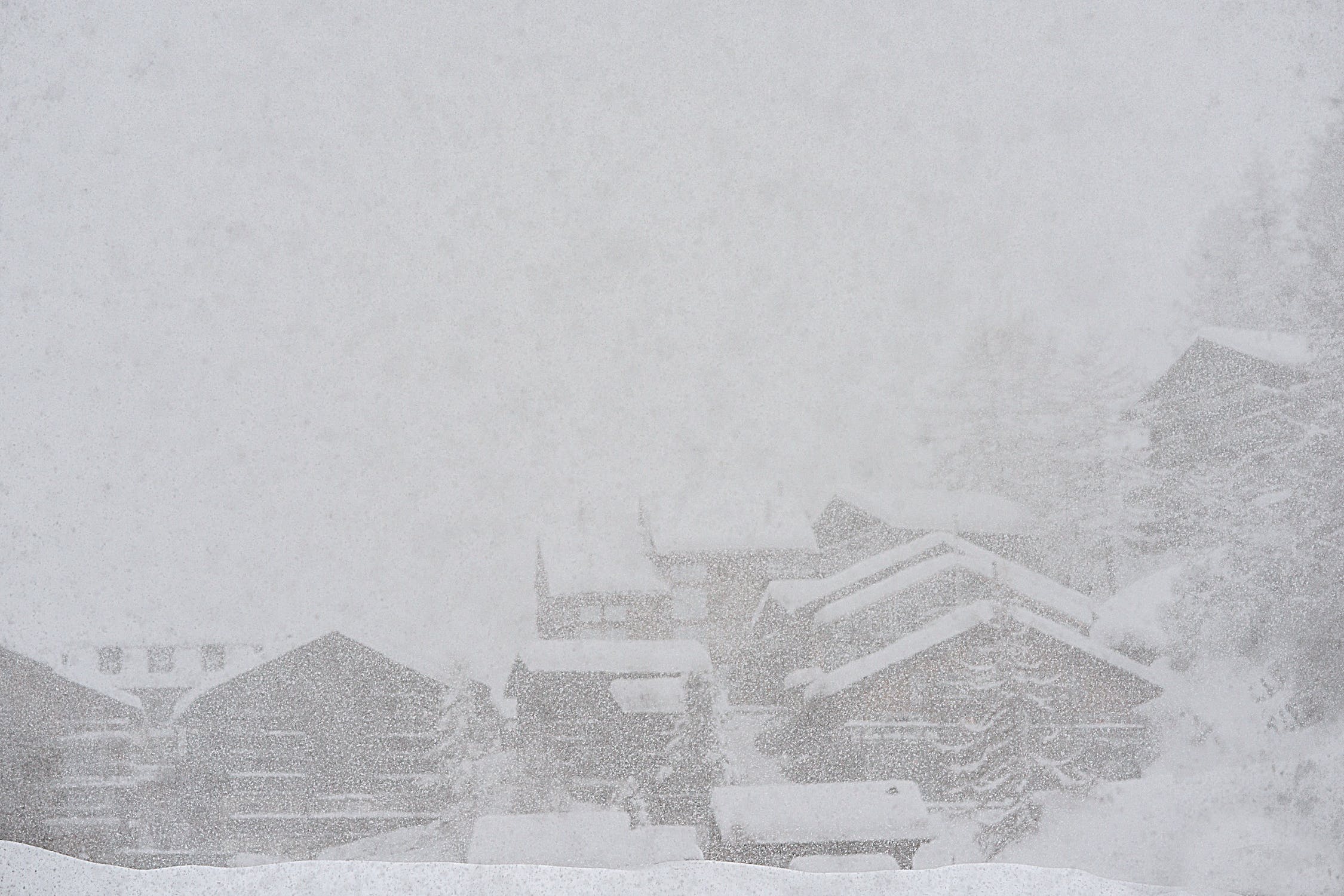
25 years ago, on January 5th, 1998, Montreal and Eastern Ontario faced a devastating ice storm that displaced 600,000 policyholders. From January 5th – January 9th, Canadian policyholders experienced dangerous ice buildup, reaching up to four inches (100mm) in thickness.
According to CTV News, the weight of the accumulated ice didn’t just affect trees; it toppled 1,000 hydro towers and destroyed 17,000 Hydro-Quebec utility poles.
This ice storm became dire, causing widespread power outages and several shut-down roads, leaving 1.6 million policyholders without power.
In response to the crisis, 15,000 Canadian Armed Forces were deployed to assist the affected areas, making this disaster the largest peacetime deployment of troops in Canadian history. The total financial cost of this natural disaster is estimated at $5.4 billion.
The Eastern Ice Storm By the Numbers
- $1.38 billion in insured damages (Avert)
- 945 individuals were injured (The Canadian Encyclopedia)
- 600,000 policyholders were displaced (CTV News)
- 100 mm of ice pellets and freezing rain (The Canadian Encyclopedia)
- Over 4 million policyholders in Ontario and Quebec lost power (Thought Co.)
- About 100,000 people went into shelters (Thought Co.)
3. The 2013 Southern Alberta Floods: $5 billion
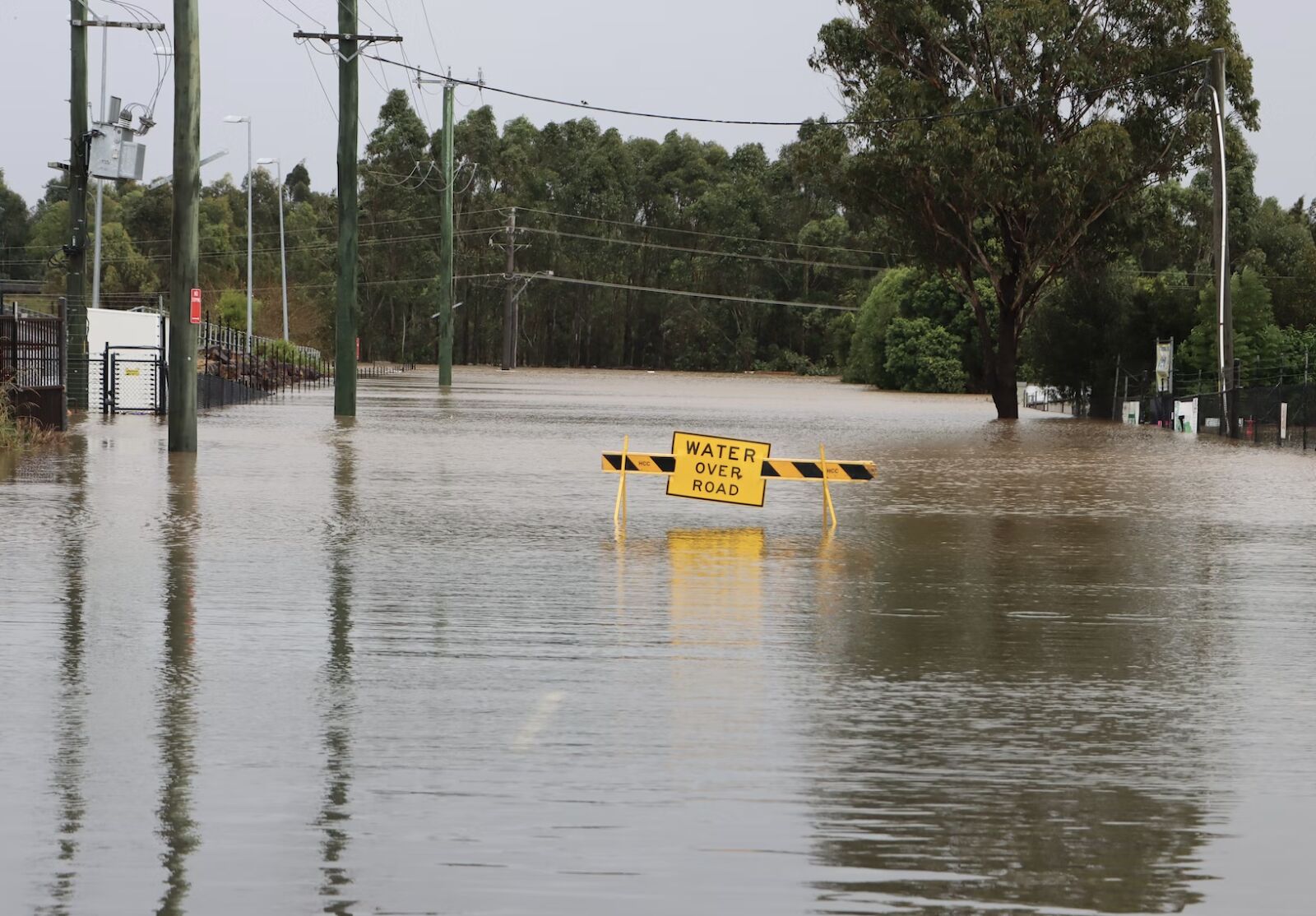
On June 19th, 2013, Calgary, Alberta, faced its most significant flood since 1932.
Heavy rain and melting snow in the Rocky Mountains sent massive amounts of water to Southern Alberta, overflowing rivers and causing extensive damage to businesses, roads, parks, and homes. By June 20th, a state of emergency was declared, and evacuation orders were issued.
This flood was a huge wake-up call for policyholders, insurance companies and governments to the risks of mass flooding events. The total financial cost of this natural disaster is estimated at $5 billion.
The Southern Alberta Flood By the Numbers
- $1.8 billion issued in insured damage (IBC)
- Approximately 80,000 Calgary residents evacuated (City of Calgary)
- 35,000 homes and businesses evacuated (Global News)
- 2,300 Canadian Forces troops deployed to Calgary and southern Alberta (Global News)
- $45 million raised by Red Cross (Global News)
- $2.5 billion spent by the Government of Alberta on recovery programs (Global News)
- $787 million spent by the City of Calgary on emergency services, recovery, and repair (Global News)
4. The 2020 Alberta Hailstorm: $1.3 billion
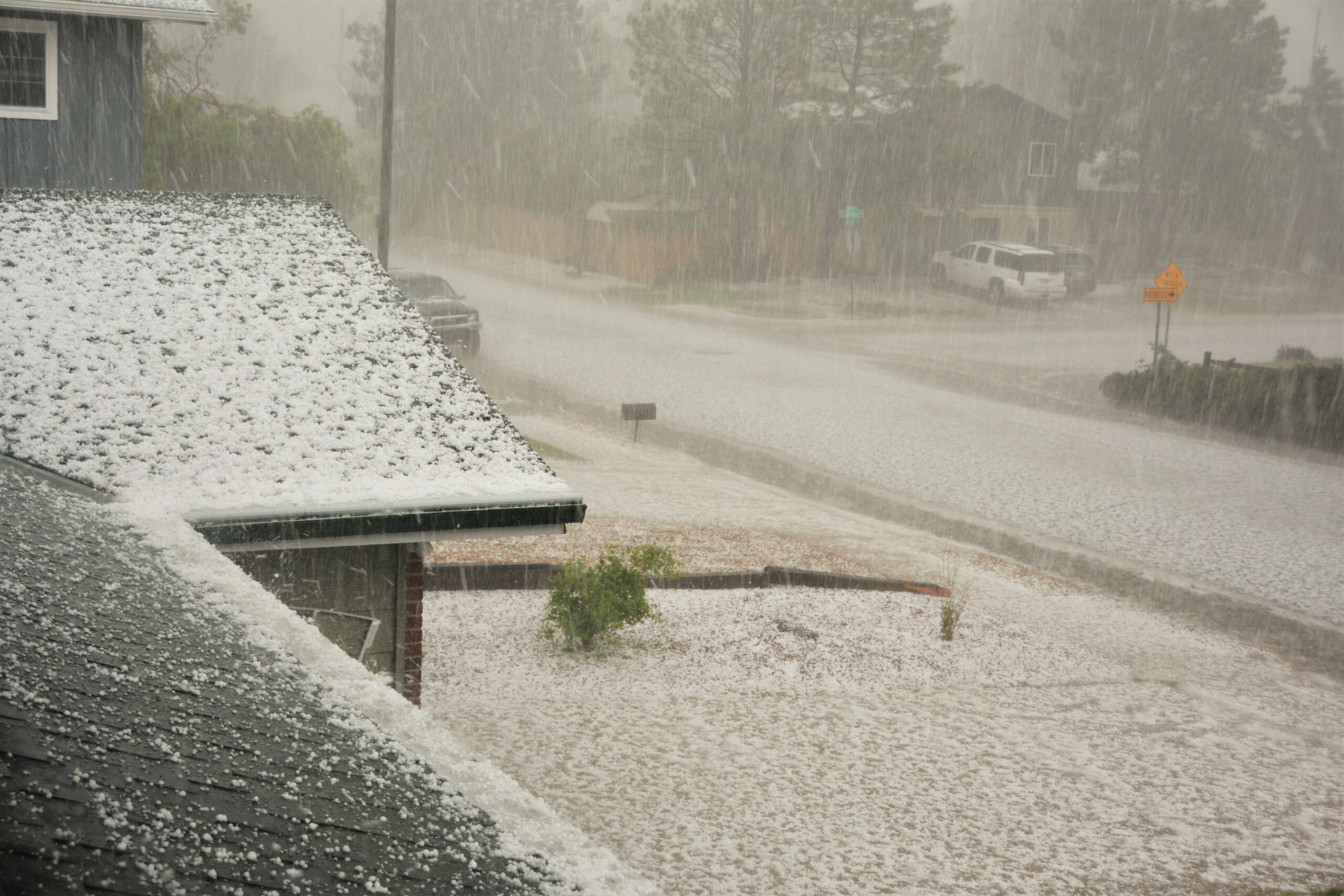
On June 13th, 2020, a massive hailstorm blew through Calgary, Alberta. Tennis ball-sized hailstones and 100 mm of extreme rainfall came crashing down, causing heavy damage to residential and commercial buildings across the city.
These hailstones briefly paused but minutes later began crashing harder than before, causing overland flooding and trapping Calgarians in their vehicles, requiring emergency response crews.
It wasn’t until June 17th that evacuees could return home as the rivers began to recede. A total of about 80,000 people were evacuated throughout the entire flood. The total financial cost of this hailstorm is estimated at $1.3 billion.
The Alberta Hailstorm By the Numbers
- 10,000+ policyholders lost power in their homes (WP)
- Hailstones crashed down as fast as 100km/h (TWN)
- 70,000 damaged homes (TWN)
- $1.3 billion in insured damage (IBC)
- 2.54 cm-sized hail stones (WP)
5. The 2013 Toronto Flood: $1 billion
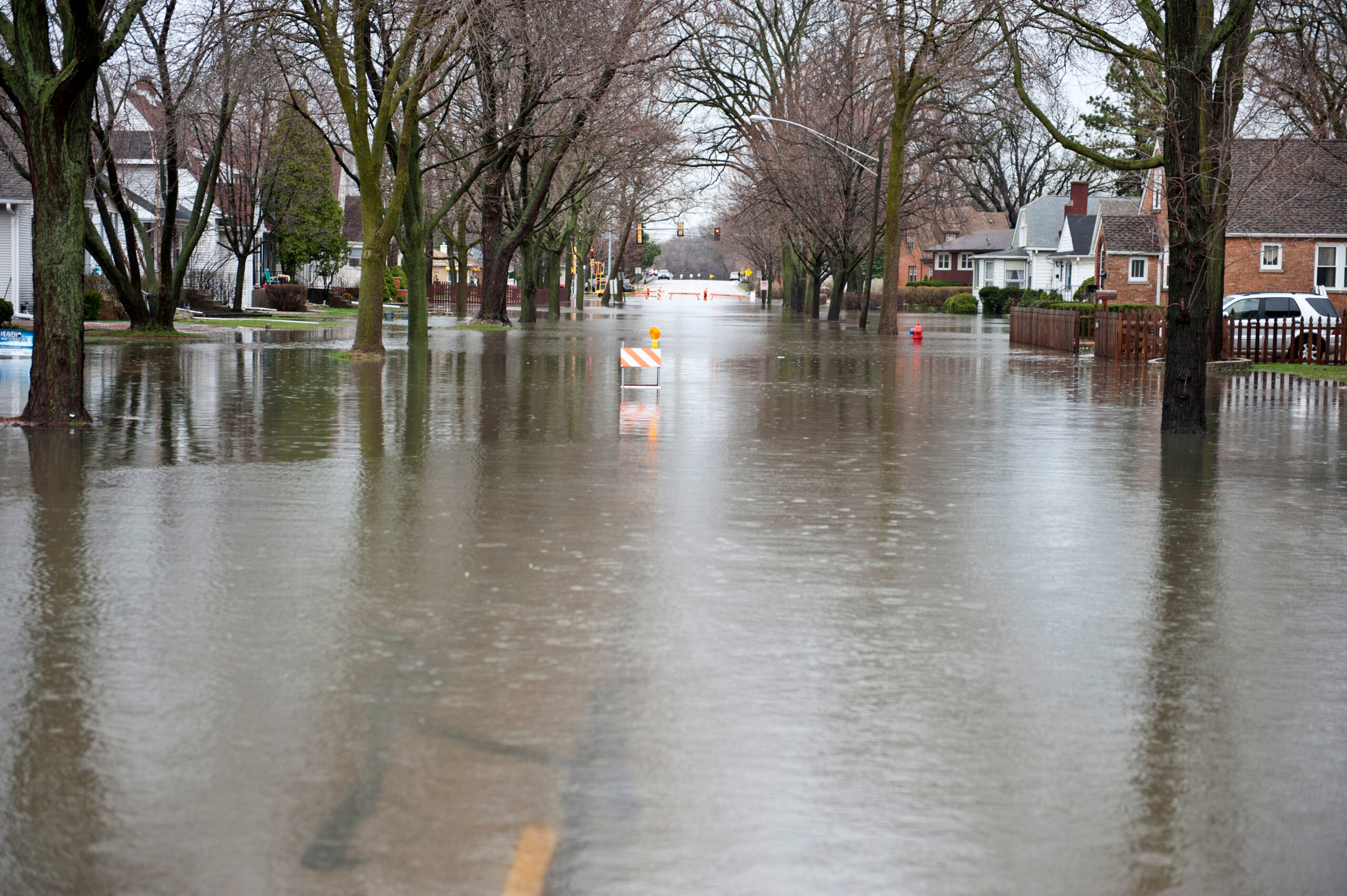
On July 8th, 2013, the Greater Toronto Area (GTA) experienced its wettest day in history due to a massive rainstorm and back-to-back thunderstorms.
Most public transportation methods halted as the streets flooded and the rushing water made driving impossible. Unfortunately, this storm struck during rush hour, leaving 1,400 GO train passengers stranded. Additionally, motorists attempting to drive home were forced to abandon their cars, and emergency response crews were sent to rescue them in inflatable boats.
This storm left neighbourhoods looking like lakes as it flooded homes and businesses. The total financial cost of this hailstorm is estimated at $1 billion.
Stats About the Toronto Flood
- 126mm of rain was reported at the Pearson International Airport during the storm (Global News)
- 97mm of rain was reported in downtown Toronto during the storm (Global News)
- 300,000 Toronto Hydro customers lost their power during the storm (Global News)
- 80% of people in Mississauga did not have power at the height of the storm (Global News)
- 1,400 people were stranded aboard a GO Transit train during the storm (Global News)
How to Prepare for the Next Canadian Natural Disaster
These top five costliest natural disasters in Canadian history serve as a reminder of the need for adequate preparation and mitigation measures.
Insurance companies play a critical role in supporting individuals and communities affected by climate disasters, but there is still room for improvement. One significant way for insurance companies to prepare for future extreme weather events is by partnering with an ALE management company. ALE management support can help policyholders find immediate temporary accommodations that meet their unique accomodation needs.
At Accomsure, we work with adjusters to support their displaced policyholders, so they can access affordable and comfortable housing when disaster strikes. Additionally, by working with Accomsure, we can handle displaced policyholders immediate needs, so adjusters can focus on the claims.
Submit a claim with Accomsure today.

